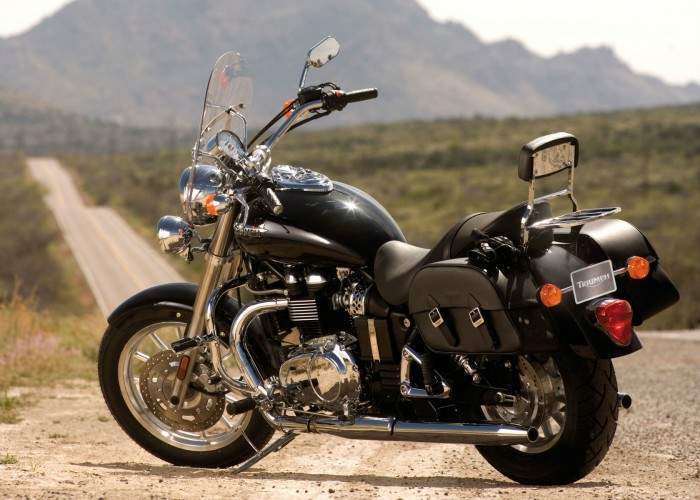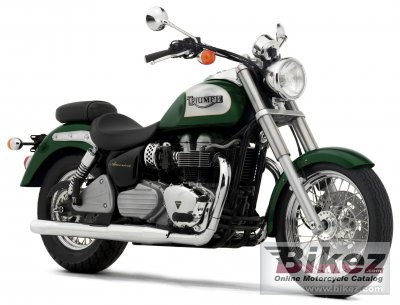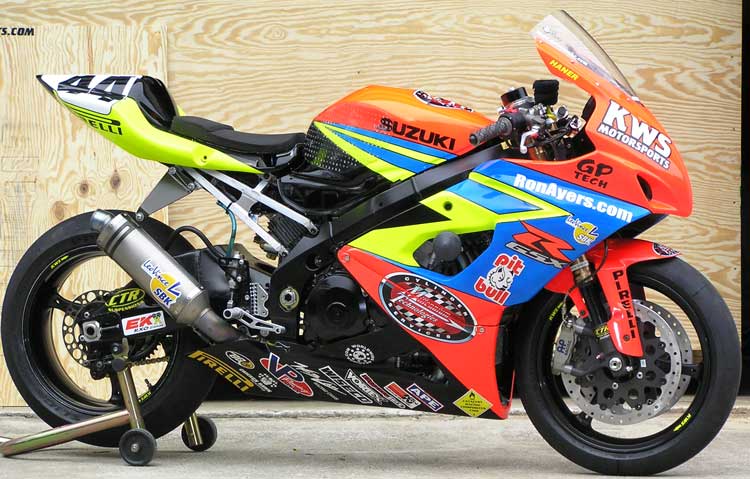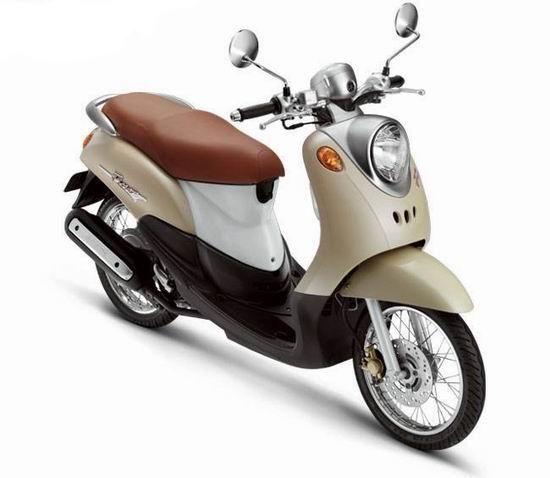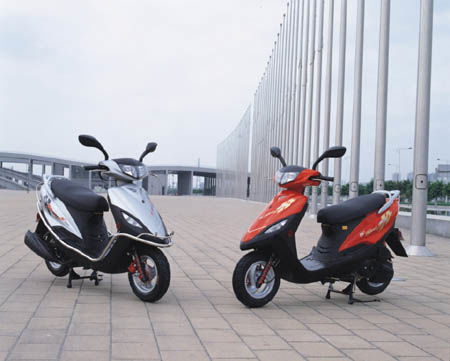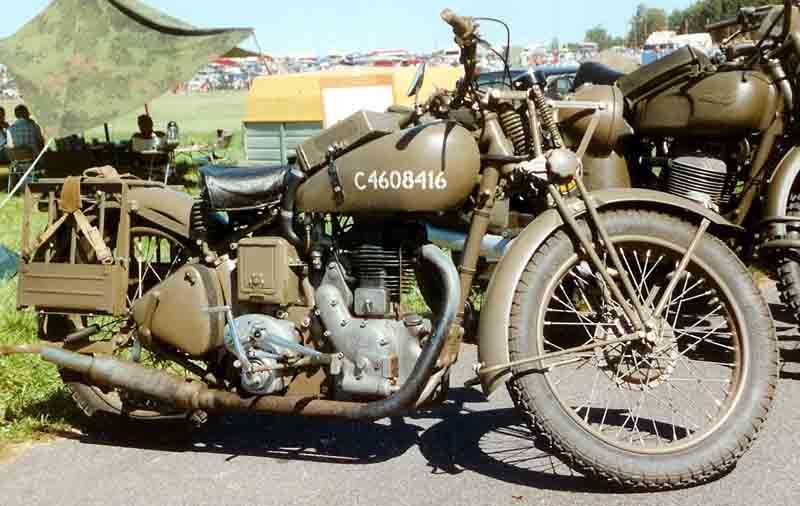 The company began in 1885 when Siegfried Bettmann emigrated to Coventry in England from Nuremburg part of the German Empire In 1884 aged 20, Bettmann founded his own company, the S. Bettmann & Co. Import Export Agency, in London. Bettmann's original products were bicycles, which the company bought and then sold under its own brand name. Bettmann also distributed sewing machines imported from Germany.
The company began in 1885 when Siegfried Bettmann emigrated to Coventry in England from Nuremburg part of the German Empire In 1884 aged 20, Bettmann founded his own company, the S. Bettmann & Co. Import Export Agency, in London. Bettmann's original products were bicycles, which the company bought and then sold under its own brand name. Bettmann also distributed sewing machines imported from Germany.In 1886, Bettmann sought a more universal name, and the company became known as the Triumph Cycle Company A year later, the company registered as the New Triumph Co. Ltd.now with financial backing from the Dunlop Pneumatic Company. In that year, Bettmann was joined by another Nuremberg native, Moritz Schulte.
Schulte encouraged Bettmann to transform Triumph into a manufacturing company, and in 1888 Bettmann purchased a site in Coventry using money lent by his and Schulte's families. The company began producing the first Triumph-branded bicycles in 1889. In 1896 Triumph opened a factory in Nuremberg for cycle production in Bettman's native city.
In 1898, Triumph decided to extend its own production to include motorcycles and by 1902, the company had produced its first motorcycle - a bicycle fitted with a Belgian Minerva engine.In 1903, as its motorcycle sales topped 500, Triumph opened motorcycle production at its unit in Germany. During its first few years producing motorcycles, the company based its designs on those of other manufacturers. In 1904, Triumph began building motorcycles based on its own designs and in 1905 produced its first completely in-house designed motorcycle. By the end of that year, the company had produced more than 250 of that design.
In 1907, after the company opened a larger plant, production reached 1,000 machines. Triumph had also launched a second, lower-end brand, Gloria, produced in the company's original plant.
Confusion between motorcycles produced by the Coventry and Nuremberg Triumph companies led to the latter's products being renamed Orial for certain export markets. However there was already an Orial company in France so the Nuremberg motorcycles were renamed again as"TWN", standing for Triumph Werke Nürnberg


 The Triumph Rocket III is a British motorcycle made by the Hinckley Triumph factory and has the largest displacement engine of any mass production motorcycle, (as of September 2010[update], at 2,294 cc (140.0 cu in).
The Triumph Rocket III is a British motorcycle made by the Hinckley Triumph factory and has the largest displacement engine of any mass production motorcycle, (as of September 2010[update], at 2,294 cc (140.0 cu in).History
The Rocket III Project started in 1998 led by Triumph Product Range Manager Ross Clifford and started with a lot of research—especially in the USA where big cruisers were selling well. The main competitors were the Harley-Davidson Ultraglide and the Honda Goldwing so the initial idea was to develop a 1,600 cc performance cruiser.
The in-house designer was John Mockett, designer of the Hesketh V1000, the Tiger and the new 'nostalgia' Bonneville. He started work with David Stride, Gareth Davies and Rod Scivyer working around an in-line three cylinder engine. At the start of the project in-line four and a V6 engine configurations were looked at but the longitudinally mounted triple design led to the design concept code named C15XB Series S1.
Mockett experimented with ‘futuristic’ styling that included "raygun" mufflers and a large chrome rear mudguard, but consumer focus groups didn’t like it. The S2 model was a simplified version with a more traditional rear mudguard and several features that were to make it through to the final design. Once again, the feedback from market research was that it was still too radical so the lines were simplified and smoothed out to create the Series S3.
Part of the reason for the secrecy was competition from other manufacturers. Yamaha launched the 1,670 cc (102 cu in) (badged as a 1,700 cc) engine in 2002, with the introduction of the Road Star Warrior and Honda launched the VTX1800, so a decision was made to go for a displacement of 2,294 cc.
The first engine was built in summer 2002 and tested in the autumn. Twin butterfly valves for each throttle body were used to increase control and allow the ECU to vary the mixture flow and ignition map according to the gear selected and speed. The torque curve is modified for each gear ratio, enabling over 90% of the engine’s torque output at 2,000 rpm, giving the high levels of flexibility that the designers needed. The 1,500 W starter motor on the Rocket III puts out as much power as the engine on the very first Triumph motorcycle, Siegfried Bettman's 1902 1.75 horsepower (1.30 kW) single.

 The final design of the S3 prototype had a large tubular steel twin-spine frame, designed by James Colbrook. Andy Earnshaw was responsible for designing the gearbox and shaft drive to a 240/50ZR16 bike specific rear tyre. High specification front brakes were twin four-piston callipers with 320 mm floating discs and the rear brake, developed specifically for the purpose, was a single twin piston calliper and 316 mm disc. Ride handling is controlled by purpose built rear shocks and 43 mm 'inverted' front forks.
The final design of the S3 prototype had a large tubular steel twin-spine frame, designed by James Colbrook. Andy Earnshaw was responsible for designing the gearbox and shaft drive to a 240/50ZR16 bike specific rear tyre. High specification front brakes were twin four-piston callipers with 320 mm floating discs and the rear brake, developed specifically for the purpose, was a single twin piston calliper and 316 mm disc. Ride handling is controlled by purpose built rear shocks and 43 mm 'inverted' front forks.Road tests proved that the weight distribution, low centre of gravity and geometry allowed acceleration up to 135 mph (217 km/h). In 2004, the Rocket III set the world land speed record for a production motorcycle over 2000 cc reaching its electronically set limiter of 140.3 mph (225.8 km/h).
In 2003, the prototype was renamed the 'Rocket', following market research, continuing the heritage of famous British BSA Rocket motorcycles. It was unveiled in the USA on 20 August 2003, in San Antonio, Texas. The Rocket's European launch was at the International Motorcycle Show in Milan, Italy on 16 September 2003. Sold in the UK from the spring of 2004, it was awarded 'Machine of the Year' by Motorcycle News at the 2004 NEC Motorcycle Show. The Australian launch was in Sydney in August 2004, with 230 deposits taken before any had been shipped into the country.



